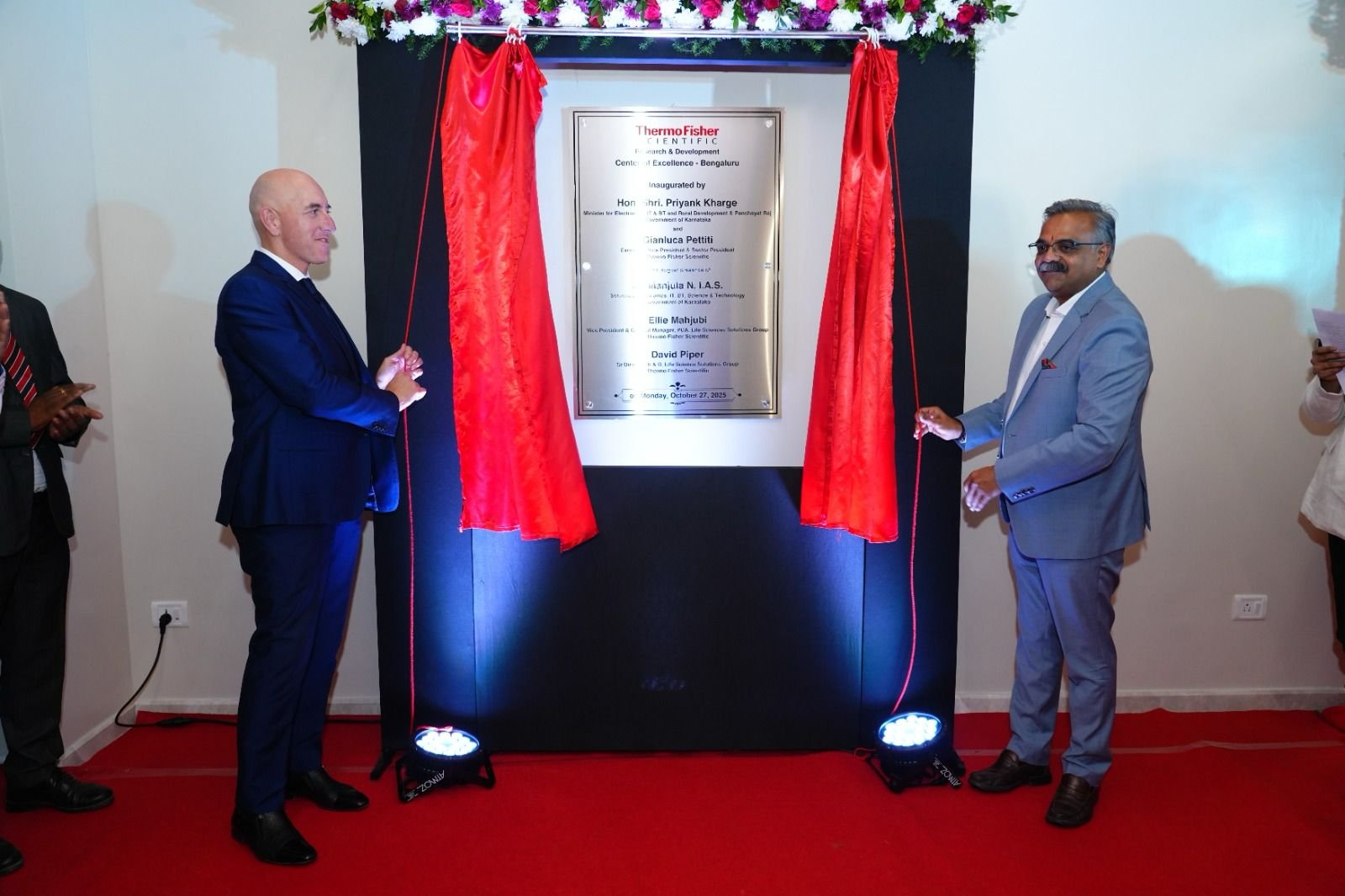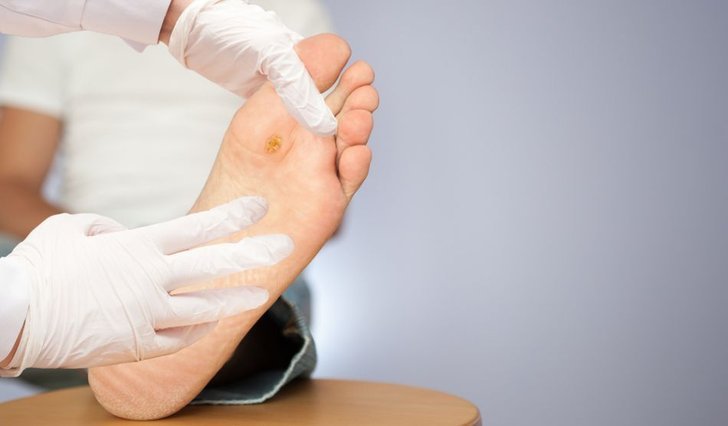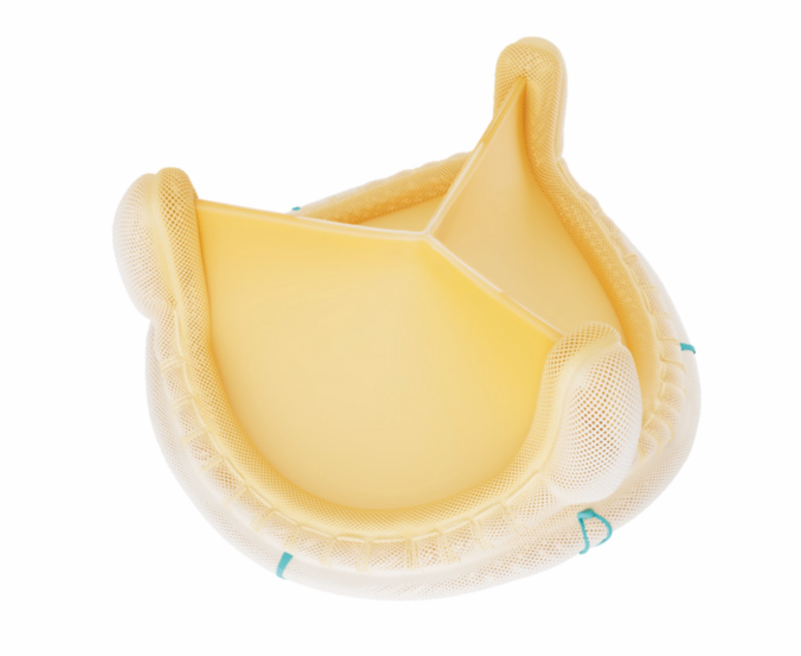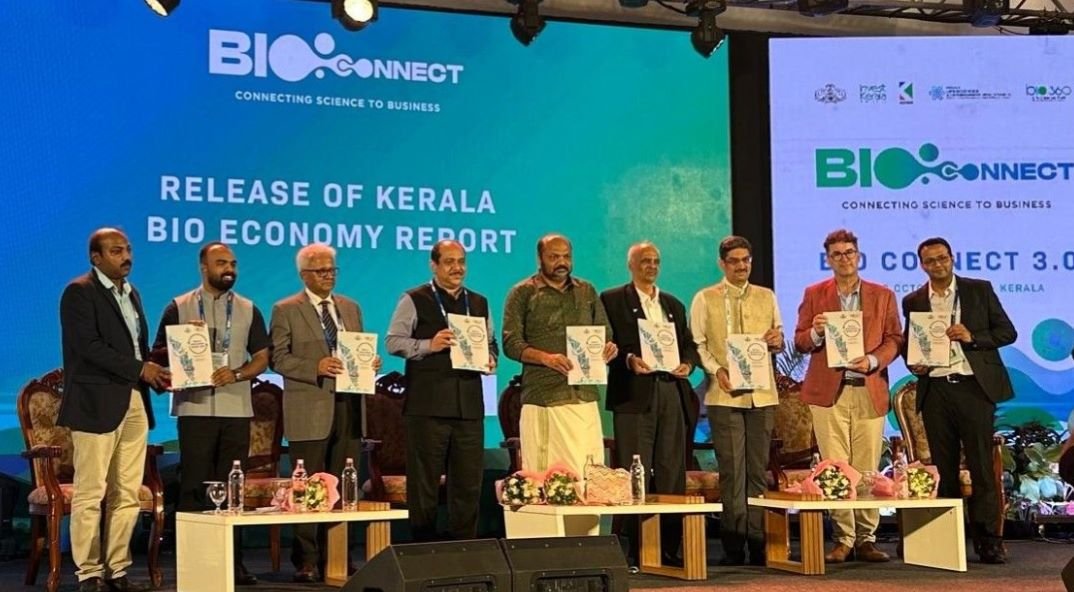Antimicrobial Resistance (AMR) stands as one of the most pressing global health threats of our time, with consequences that extend far beyond the hospital ward. While the overuse and misuse of antibiotics in human and veterinary medicine have long been recognized as key contributors, growing attention is now being paid to another important but under-addressed source: the environmental discharge of active pharmaceutical ingredients (APIs) from antibiotic manufacturing processes.
Across the globe, pharmaceutical manufacturing sites, many concentrated in countries like India and China, are involved in producing essential antibacterial drugs. However, without stringent environmental controls, these facilities can discharge wastewater laden with APIs into local ecosystems. This creates hotspots where antibiotic-resistant bacteria can develop, multiply, and spread, posing serious threats to public health and compromising the efficacy of life-saving medicines.
Why API Discharge Matters in the Fight Against AMR
The association between drug waste and the development of resistant microbes in the environment is well established. Upon release into rivers, streams, and soil via untreated or inadequately treated effluent, antibiotics impose selective pressure on local microbial populations. This fosters the emergence of resistant strains that not only persist at the local level but can also migrate across borders through water systems, trade, travel, and food chains. For instance, a superbug identified in India in 2014 has since been found in over 70 countries.
To curb this threat, sound environmental risk-management measures should be an integral part of pharma manufacturing practices. Such measures involve reducing API losses during production, implementing advanced source-level wastewater treatment systems, and setting strict thresholds for antibacterial residues in effluent water released. By keeping the API concentrations in manufacturing effluents under predicted no-effect concentrations (PNECs), manufacturers can prevent resistance from taking root in the environment.
Responsible Manufacturing and Supply Chain Accountability
Environmental stewardship must not stop at the gates of the manufacturing facility. Companies across the supply chain, whether direct manufacturers or outsourcing partners, must be held to the same environmental standards. Extending these expectations to suppliers and contracted waste treatment providers helps ensure a comprehensive approach to waste management and mitigates the risk of environmental contamination at every level.
Routine monitoring of API levels in effluent streams and surrounding ecosystems is critical. Surveillance data can identify potential hotspots of resistance development, helping companies respond proactively with corrective measures. Transparent reporting and third-party auditing can further drive accountability and build public trust in the industry’s commitment to tackling AMR.
A Collective Responsibility for a Sustainable Future
The role of policy is equally vital. Clear regulatory targets for API discharge, harmonized international standards, and incentives for adopting greener manufacturing practices can accelerate industry-wide progress. Multi-stakeholder collaboration—across industry, regulators, researchers, and civil society—is essential to advancing sustainable solutions and knowledge sharing. A One Health approach, which recognises the interconnectedness of human, animal, and environmental health, must guide all AMR mitigation efforts.
Low- and middle-income countries (LMICs) are particularly vulnerable to the health and socioeconomic consequences of AMR, including prolonged illness, increased healthcare costs, and loss of livelihoods. If left unchecked, AMR could push an estimated 24 million people into extreme poverty by 2030 and derail progress on multiple Sustainable Development Goals. As such, addressing environmental contributors to resistance, especially pharmaceutical waste, must become an integral part of national AMR action plans.
The path forward is clear. By reducing API discharge into the environment, the pharmaceutical industry can significantly curb one of the lesser-discussed but highly impactful drivers of antimicrobial resistance. Cleaner, safer manufacturing is not only a responsibility but a powerful opportunity: to preserve the efficacy of antibiotics for future generations, to safeguard public health, and to create a more sustainable and resilient healthcare system.
Through collective commitment and responsible practices, the industry can play a transformative role in the global fight against AMR, starting with the wastewater that leaves its facilities.
Devvesh P Srivastav, Country President, Global HR Director – Tech OP & Regional HR Head – APAC, Centrient Pharmaceuticals









